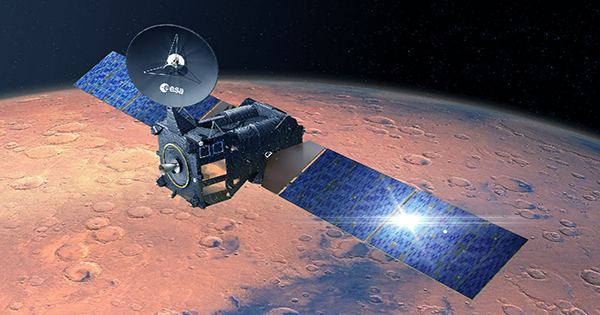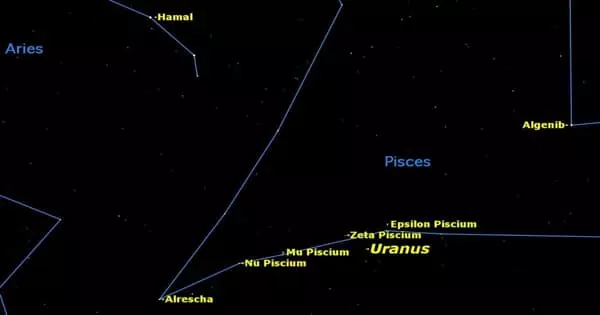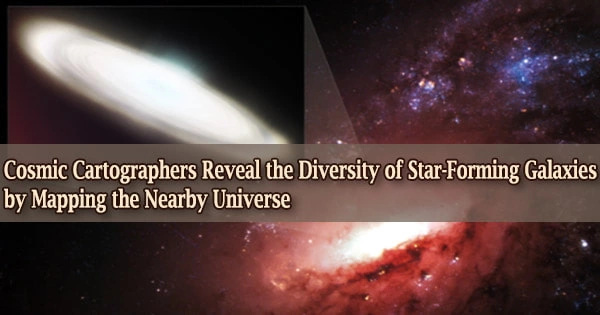We have not only the first sounds recorded on Mars thanks to Perseverance being the first Mars rover to transport two specialized microphones to Mars, but we have also computed the speed of sound on Mars for the first time, and we now know it is substantially different from the one on Earth. According to a study published in Nature, the speed of sound on Mars is 240 miles per second (540 miles per hour), substantially lower than Earth’s 340 m/s, which is an approximate estimate owing to how rapidly changing circumstances may impact it.
Changes in circumstances such as drastic decreases in temperature of tens of degrees from ground level to 2 meters below the surface cause the speed of sound to shift much more suddenly on Mars. Up to 10% of variations in sound speed can be attributed to these factors. The soundscapes captured by Perseverance’s microphones on Mars include the sound of the rover moving and firing its laser.
The wind sound, collected last year, is unsettling. “Wonderfully atmospheric [sorry for that], like something from The Thing,” our Senior Video Editor said. The wind has a touch of “nature mimicking art,” which is a tribute to Ennio Morricone, who created the film’s theme. Another breathtaking soundscape from Mars was created by humans. The Ingenuity helicopter, Perseverance’s research companion, can be heard soaring about in the thin Martian atmosphere – which is just 1% as dense as ours – having just completed its astounding 24th journey.
This was also the first time the sound of another spacecraft was captured by a spacecraft on another globe. Another one of Perseverance’s several firsts on Mars. Perseverance has set another record on Mars in the short time it has been there: the first-ever recording of lasers being shot on the Red Planet. No, the rover isn’t reenacting its space combat dreams, nor is it pursuing Curiosity in order to rule the planet’s small robotic population. This is lasers zapping rocks for research!
The audio is the first acoustic recording of a laser striking a rock target on Mars, and it sounds more like “snap!” than “pew!” This is what rovers perform to create a cloud of vaporized rock, which they may subsequently study using their array of sensors, like cameras and spectrometers, to determine its composition. In the NASA audio, you can hear 30 “snaps” in rapid sequence, some louder than others. On March 2, or sol 12, Perseverance’s SuperCam fired the laser, which can reach targets up to 7 meters (23 feet) distant (a sol is a Martian day). The target, in this case, was a rock called Máaz, which is the Navajo word for Mars, and was roughly 3.1 meters (10 feet) away.
















